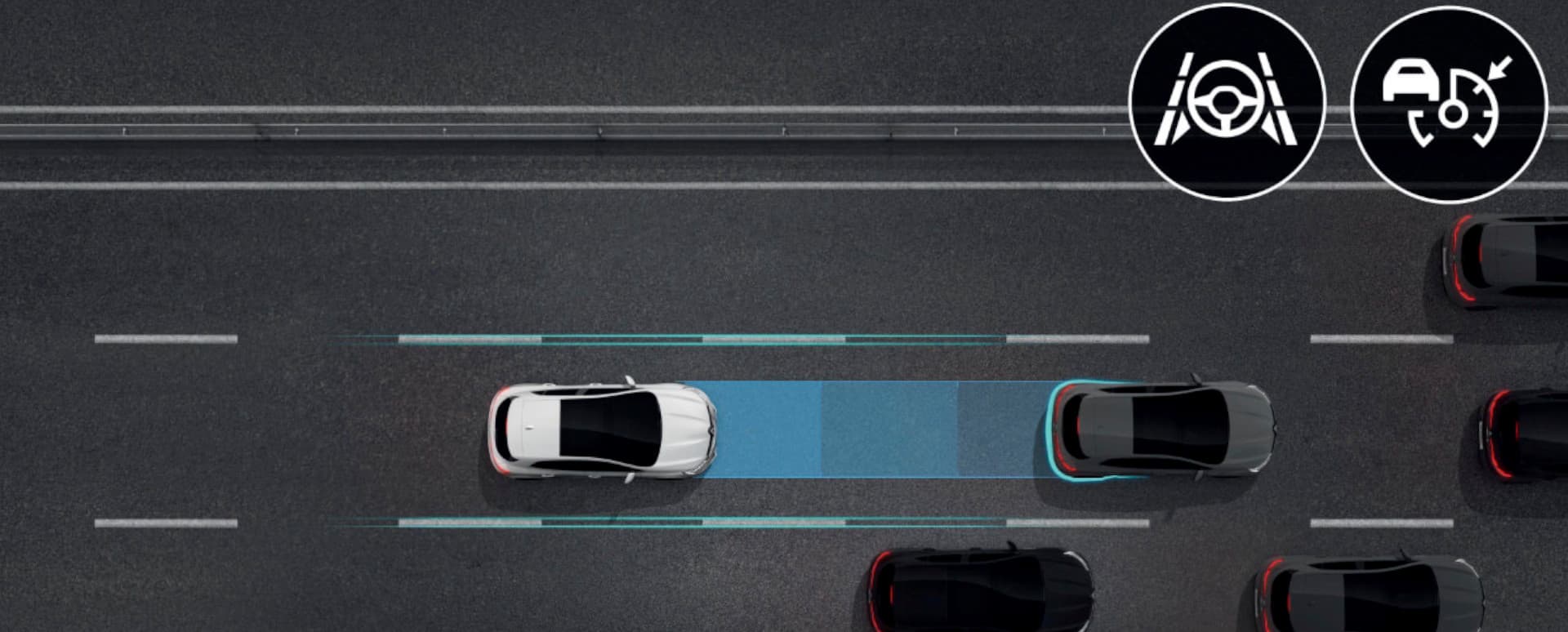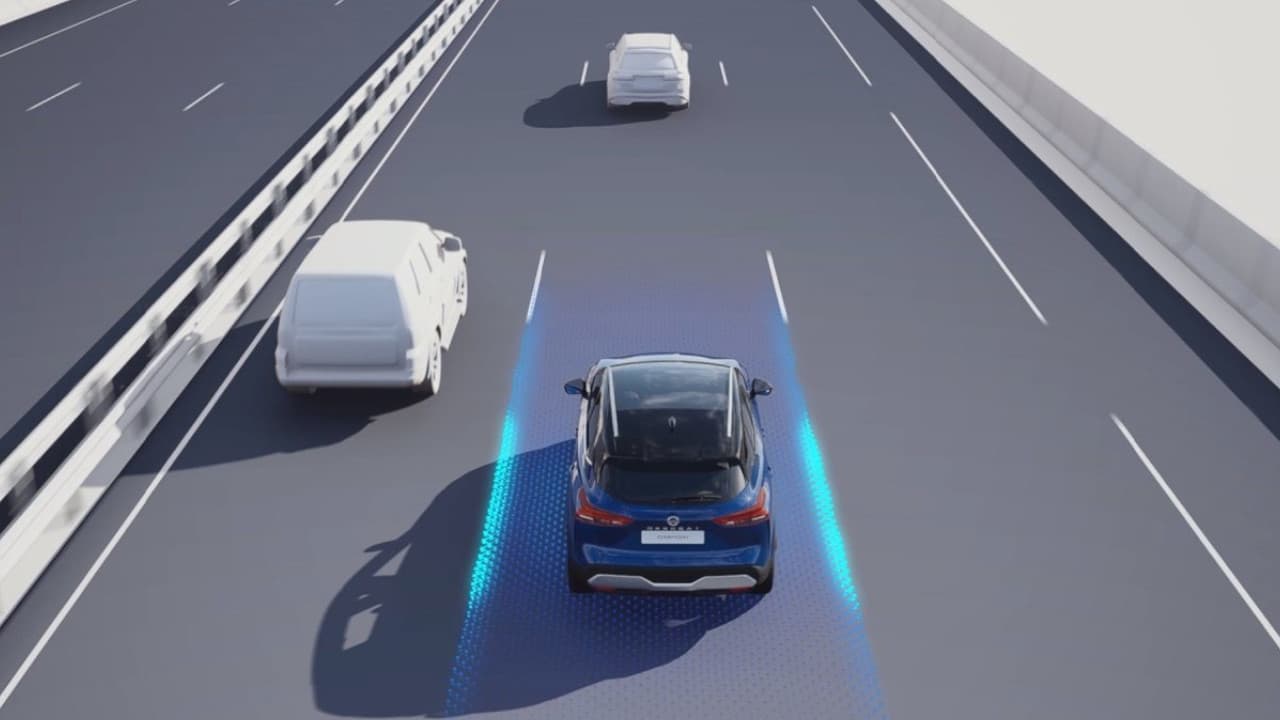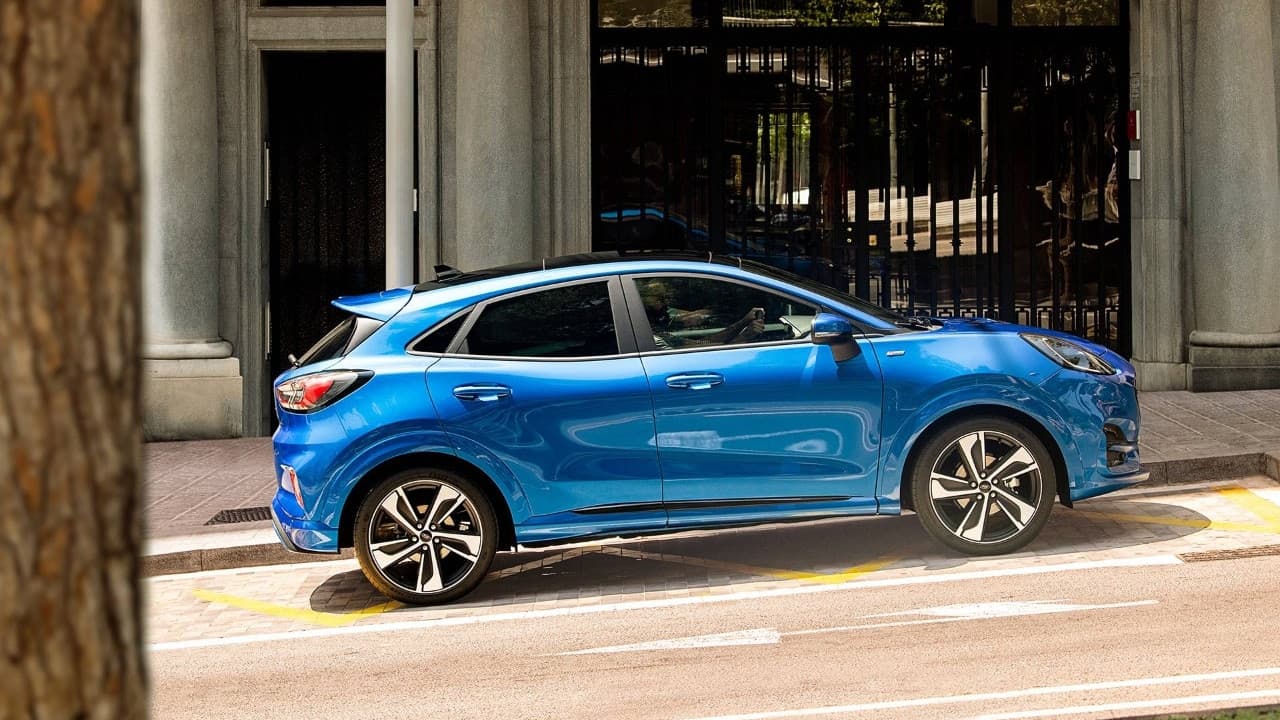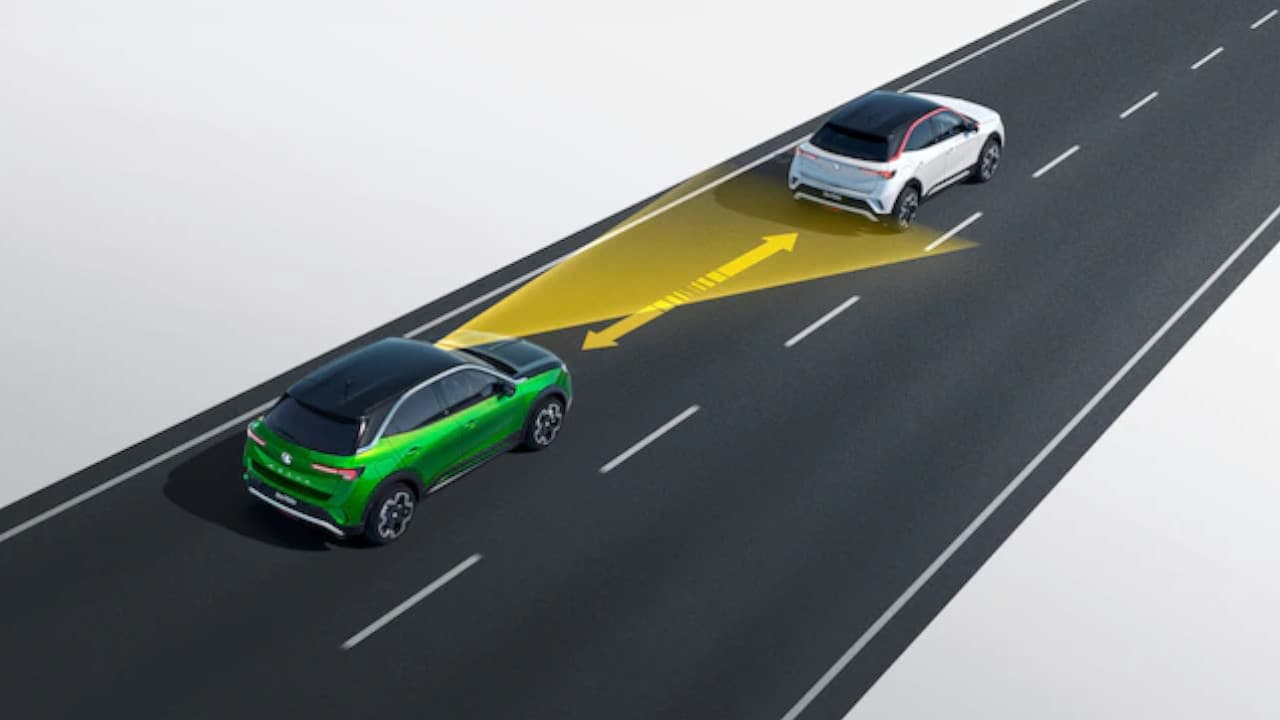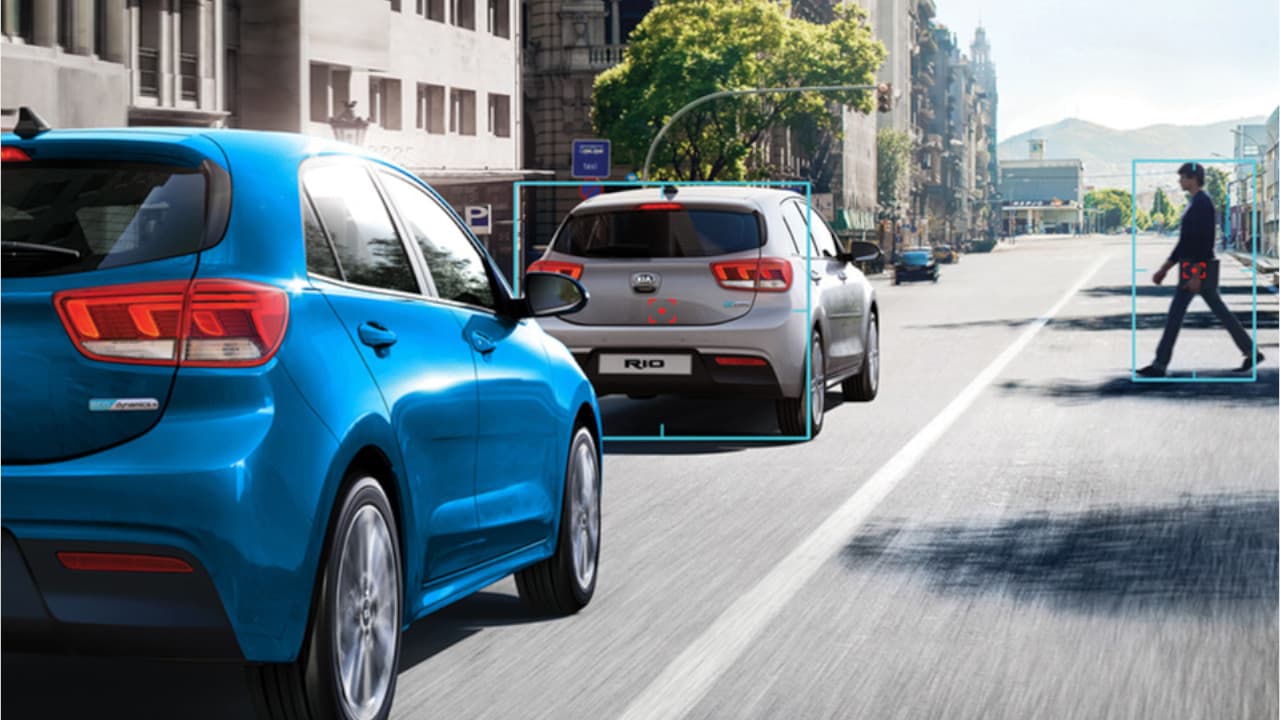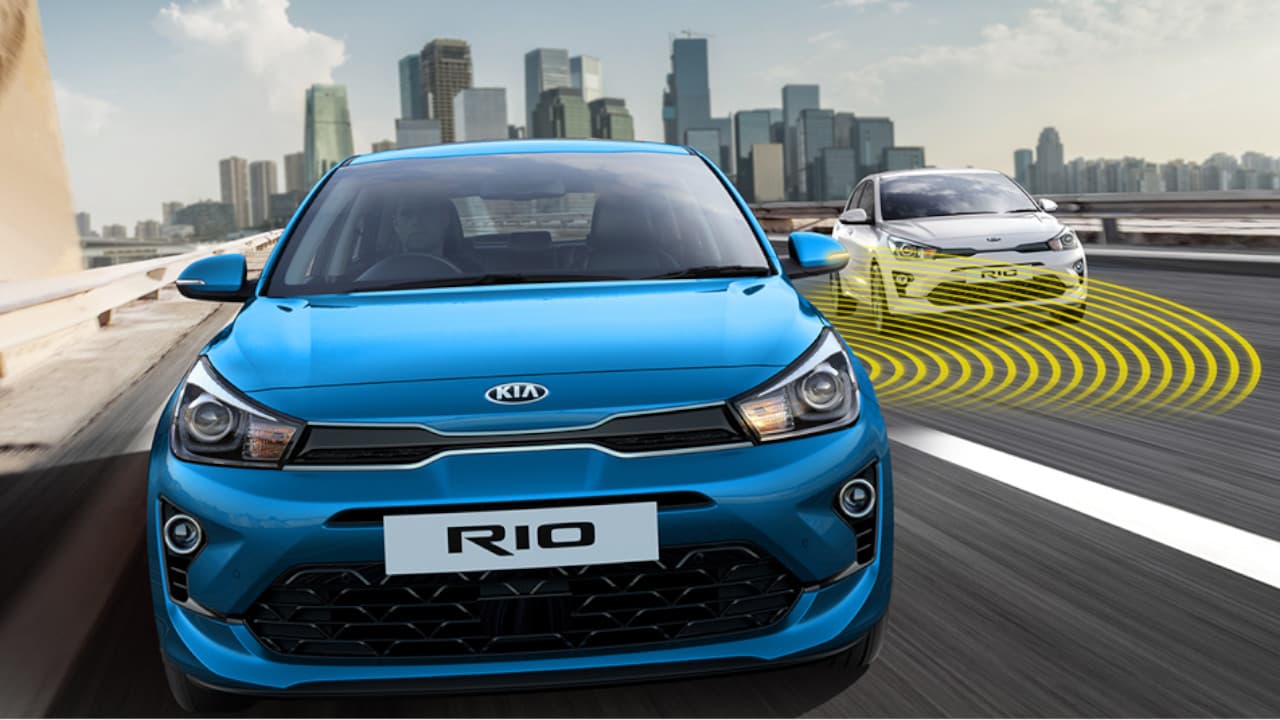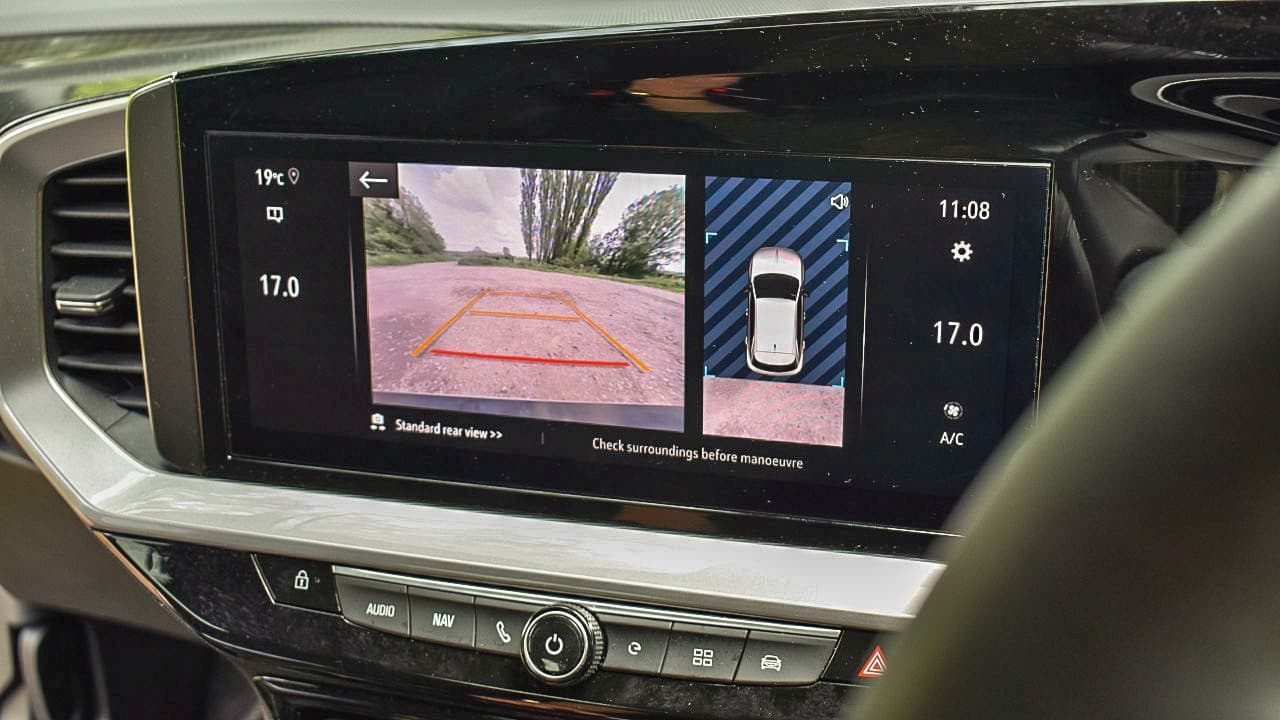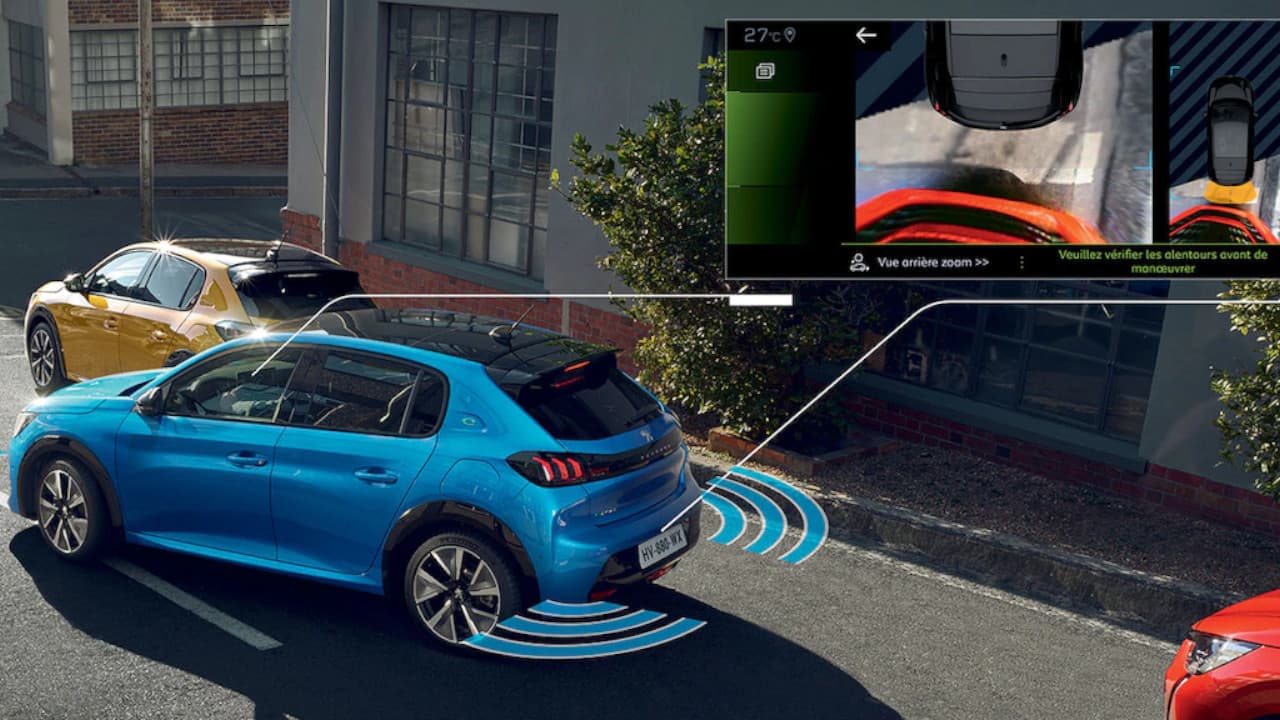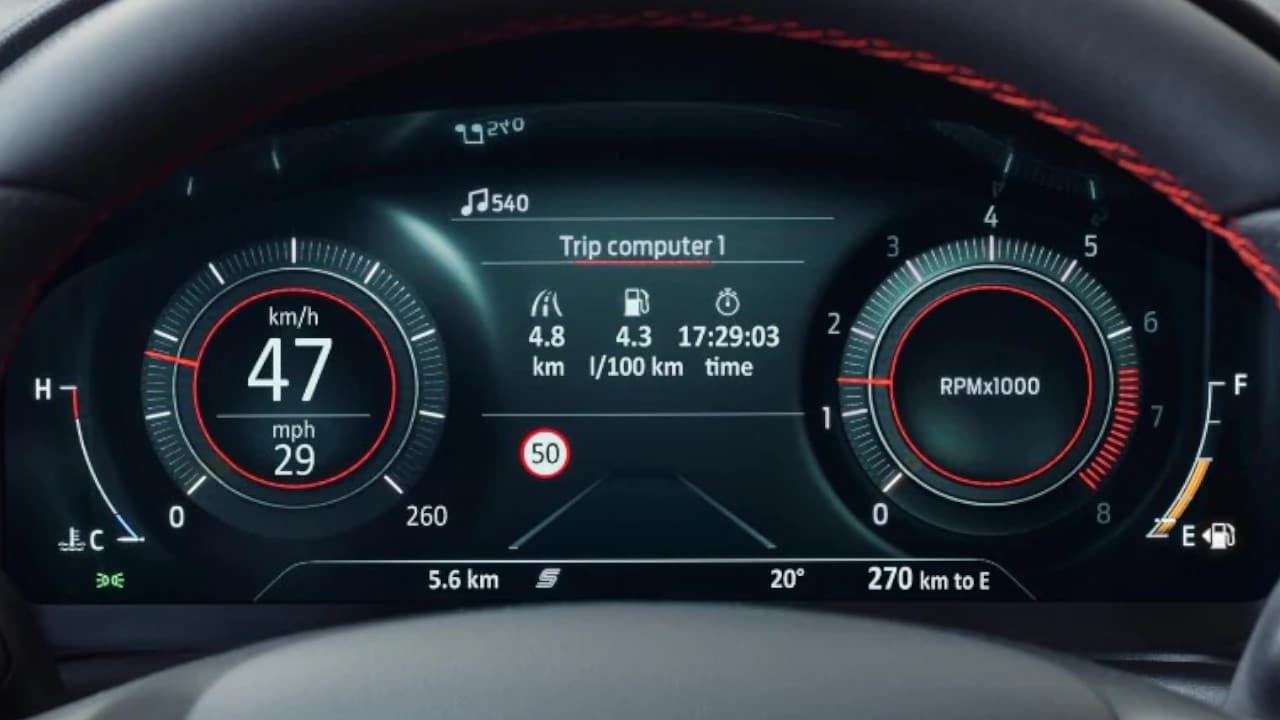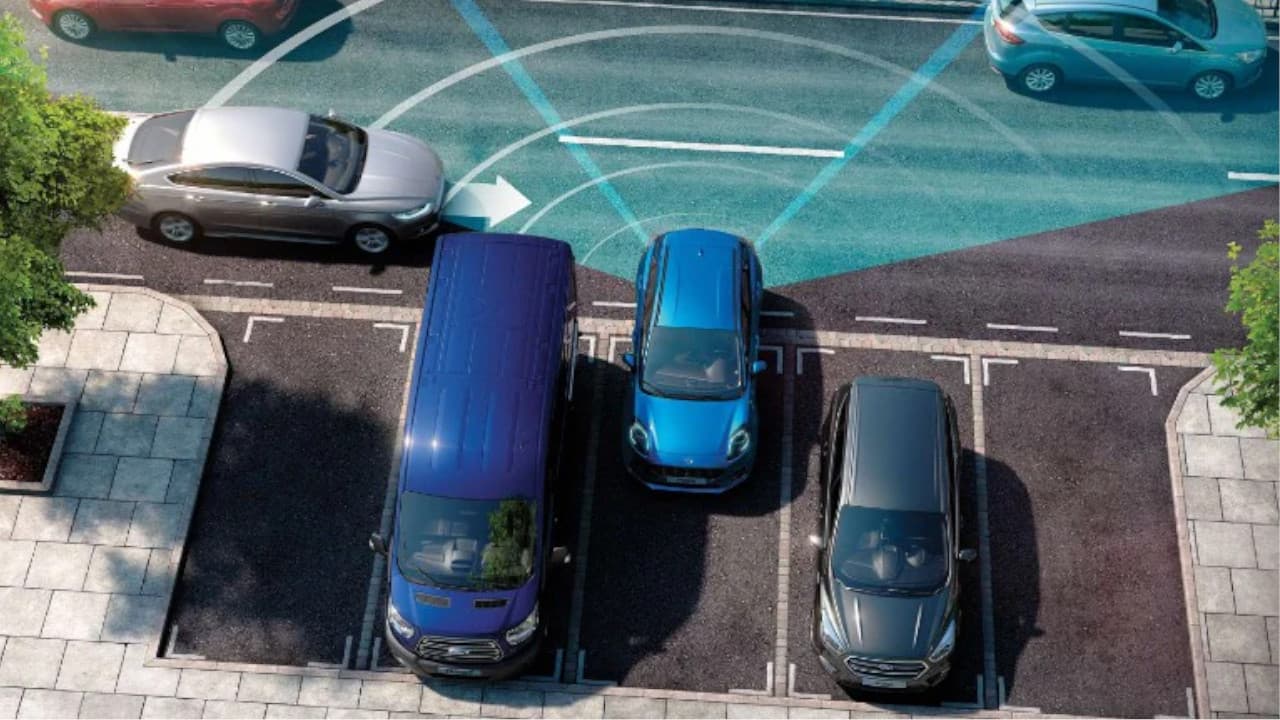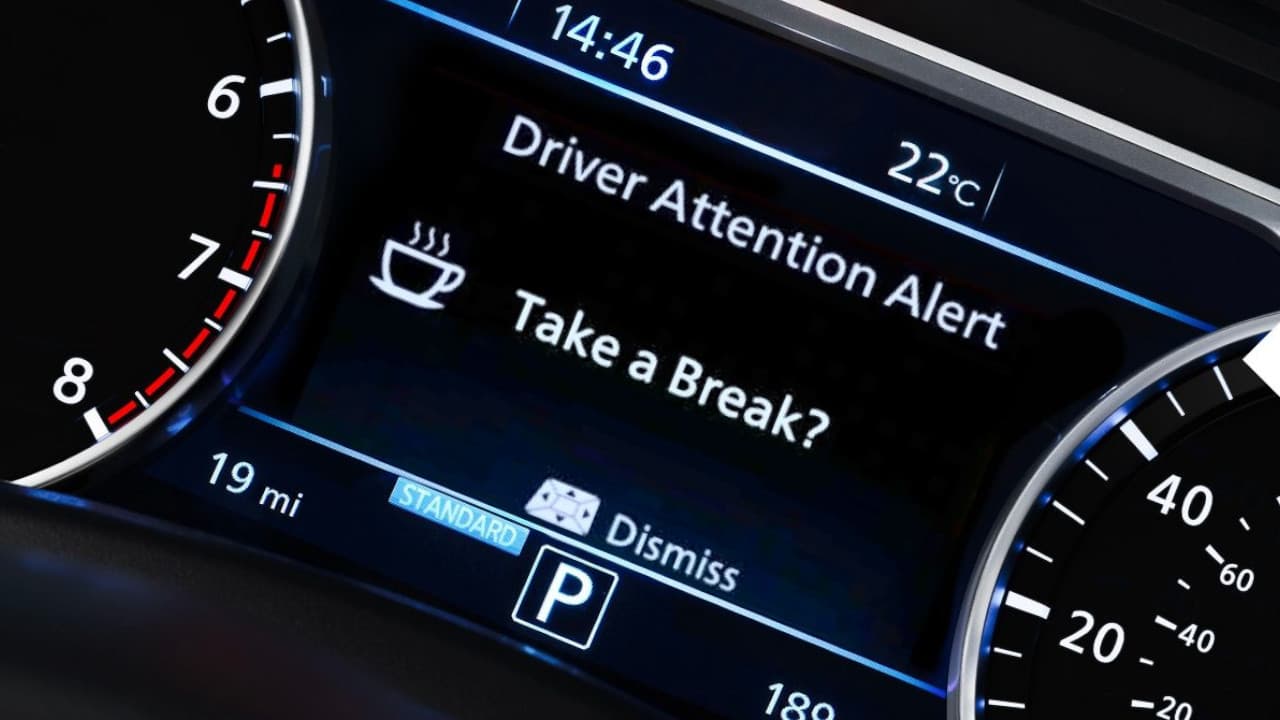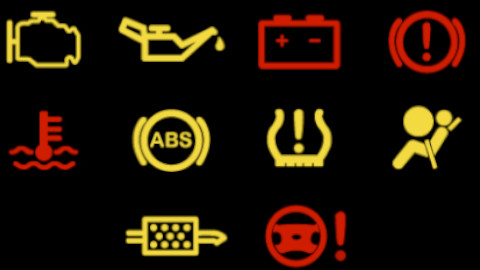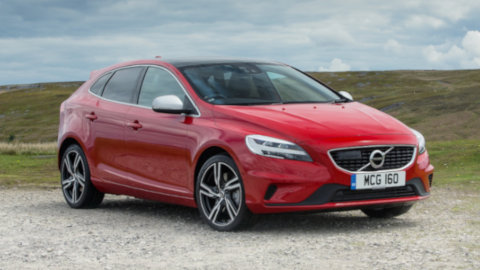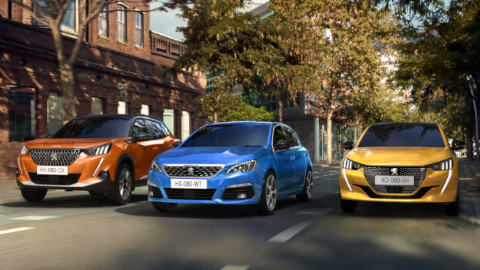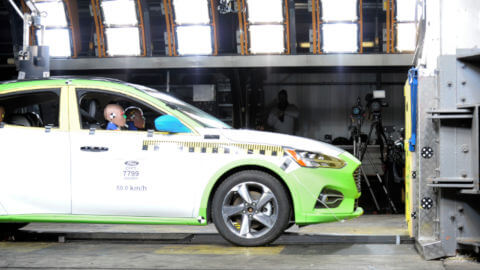Advanced Driver Assistance Systems (ADAS)
18th Aug 2021
What are Advanced Driver Assistance Systems (ADAS)?
Car manufacturers are constantly aiming to achieve the maximum five-star safety rating when their cars undergo the stringent Euro NCAP tests.
The safest cars available are the ones that are awarded five stars as they offer excellent protection to both adult and child occupants. They're also fitted with the latest driver aids and Advanced Driver Assistance Systems (ADAS).
These systems are electronic technologies that are able to assist drivers with day-to-day driving as well as parking. This assistance helps prevent human error, which ultimately leads to a safer driving experience and less potential threat to other road users such as pedestrians and cyclists.
When looking for a new or used car, the description may list endless ADAS that are equipped as standard or an option, however, the list may not mean a lot to most people. Therefore, this article will take a look at some of the most common systems and will explain how they help the driver.
Lane Assist
May also be known as Lane Departure Warning or Lane Keeping Assist, which are both systems that monitor the car's position on the road and detects if the driver is leaving their lane unintentionally.
Motorway driving can take its toll on drivers and they may sway out of their lane slightly due to tiredness or a distraction, however, Lane Departure Warning will alert the driver either by a warning sound or a visual alert. Lane Keep Assist is a little more advanced and can actively take over steering the vehicle back into its designated lane.
Avoiding accidents is the key benefit of these systems, however, when driving on narrow country lanes or roads with minimal road markings the systems can be confused and may activate when it isn't necessary. You are able to deactivate the system but some cars will require you to do this for each journey.
Hill-Start Assist
Remember when you learnt to drive and the thought of hill starts caused a bit of anxiety? The Hill-Start Assist system basically abolishes this anxiety and removes the dependency on the driver finding the clutch biting-point.
Essentially, Hill-Start Assist detects the vehicle is on an incline and holds the brakes for a few seconds following the release of the handbrake. This prevents cars leaping forward uncomfortably or rolling backwards if the driver fails to achieve the optimum clutch biting-point.
Most experienced drivers should be more than capable of achieving a hill-start without the assistance of this feature, however, it does reduce the risk of an accident.
Adaptive Cruise Control
A step in the right direction toward autonomous driving, Adaptive Cruise Control (ACC) enables cars to adjust their speed automatically to keep pace with the traffic ahead.
Just like standard cruise control you can set the desired speed, usually by selecting the 'set' button and then toggling the '+' and '-' buttons. Once you have set your speed, adaptive cruise control systems allow you to set the gap, either in metres or seconds, between you and the car in front.
If you reach the set gap with the car in front the system will either intelligently alert the driver to brake or will decelerate the car to maintain the set gap.
Although this is a fantastic feature that will do a lot of the work for you, it's important to remember that you are still solely responsible for the car and should remain focused at all times even when the adaptive cruise control system is activated.
Autonomous Emergency Braking
The introduction of Autonomous Emergency Braking (AEB) was about as significant as the invention of seat belts back in 1959. Ironically, a Volvo engineer, Nils Bohlin, invented the seatbelt and Volvo was also the first manufacturer to fit AEB as standard on all new models in 2014.
This safety technology is able to monitor traffic ahead and will automatically brake the car to prevent a collision, if the driver doesn't respond quickly enough. Basically, it doesn't protect you in a crash like some safety equipment but it can actually prevent a collision altogether.
You may see this feature referred to as 'Forward Collision Warning' and it's a compulsory addition to any car, from 2019 onwards, that manufacturers want to achieve the full five-star Euro NCAP rating. If you opt for a higher specification model the system may even be intelligent enough to detect potential collisions with pedestrians and cyclists, too.
Car Blind Spot
Frequently, drivers fail their driving test for forgetting to check their blind spot. This can be frustrating for eager learner drivers, however, it's actually a really important aspect of driving as ignoring to check your blind spots can lead to serious accidents, especially when travelling at higher speeds on motorways.
Blind Spot Warning and Blind Spot Monitoring systems are able to detect vehicles that are positioned in the driver's blind spots and alert the driver usually with an audible sound or a visual warning on their door mirror glass.
This is a fantastic addition to any vehicle and proves especially helpful when merging onto a dual-carriageway or motorway and is also a great aid for switching lanes.
Parking Sensors
Parallel parking is often considered the most challenging manoeuvre involved with driving, however, many cars are now being introduced with parking sensors or an optional Parking Pack.
Lower specification models may just feature rear parking sensors, whereas others will be equipped with front and rear and maybe even sensors all around the car.
These sensors are able to monitor the car's surroundings and alert the driver when they are getting too close to an object. Some cars will team the parking sensors with a camera, which may just be a rear camera but could also be a front and rear camera or even a 360-degree camera.
Park Assist
Still not fancying attempting a parallel park with the support of parking sensors and a camera? If your car is fitted with Park Assist, it can actually park itself with minimal input from the driver.
The driver will still need to accelerate, change gear and brake but the car can steal the steering wheel and guide itself into an allocated parking spot.
Once Park Assist has been engaged, many cars will use their parking sensors to identify an adequate-sized gap to park in whereas some will need the driver to find the spot and indicate to suggest which side they'd like the car to park.
Opt for a premium-badged car and you may even be able to step out the car and watch the car drive itself in and out of a parking space - clever eh?
Traffic Sign Recognition
Driving in new areas or at busy times can be very challenging as there's so many places your eyes need to be focusing on. What lane should you be in? Where's that car going? Which way do you need to go? What's the speed limit?
Traffic Sign Recognition systems remove the need to identify road warning signs, which may be warning of a potential hazard or notifying of a change in the speed limit. The system uses a forward-facing camera to scan the road ahead for traffic signs and the intelligent recognition software will display the signs on the car's instrument panel to notify the driver.
Not only does this assist the driver with identifying road warning signs to prevent speeding or being aware of a potential danger, it also allows the drivers to focus on the road, which potentially improves road safety, too.
Cross Traffic Alert
Rear Cross Traffic Alert more often features on cars, which detects cars that are behind you. This feature is excellent when you're reversing out of a space in a busy parking lot.
Some cars, however, are equipped with Cross Traffic Alert, which can detect traffic approaching from the car's sides whilst trying to pull out at a junction. Advanced systems are able to autonomously brake the vehicle if the driver attempts to pull out when traffic is present.
Each system varies on how they warn drivers but Ford's Cross Traffic Alert system will sound a warning and a light will illuminate in either the left or right wing mirror depending on the direction of the oncoming traffic.
Driver Monitoring System
Intelligently, Driver Monitoring systems are able to monitor the driver's performance and alert the driver if it detects a lack of attentiveness, which may be due to distractions or tiredness.
Some systems will simply alert the driver through an audible alert along with a message on the dashboard to encourage the driver to take a break. More advanced systems are able to identify potential collisions and warn the driver.
Tiredness behind the steering wheel of a car can be very dangerous and lead to serious accidents so this system is able to act when necessary in order to prevent collisions caused by lack of attention.
Safety First
Advanced driver assistance systems are in place to not only make cars safer but also to make the roads safer for all users. It's important to understand how these systems work as they vary across vehicle manufactures.
Driver should remember that they are still in-control of the car and shouldn't depend entirely on these systems.
At Evans Halshaw there are plenty of new and used cars available that are equipped with the latest ADAS.

